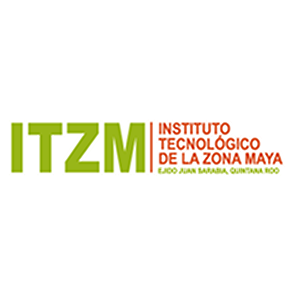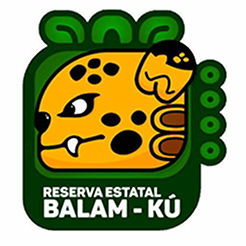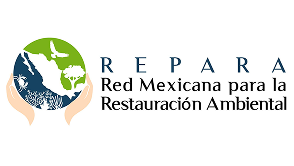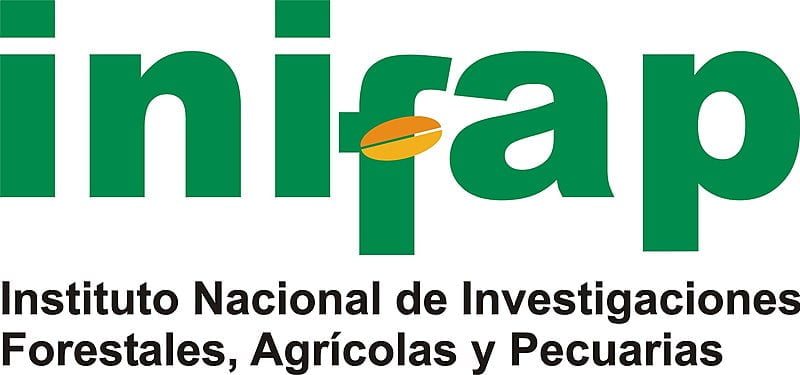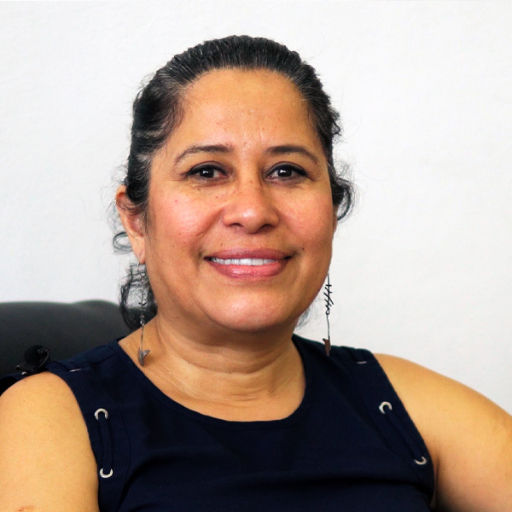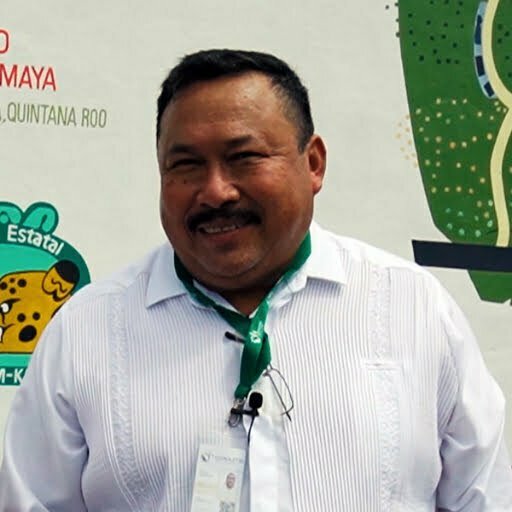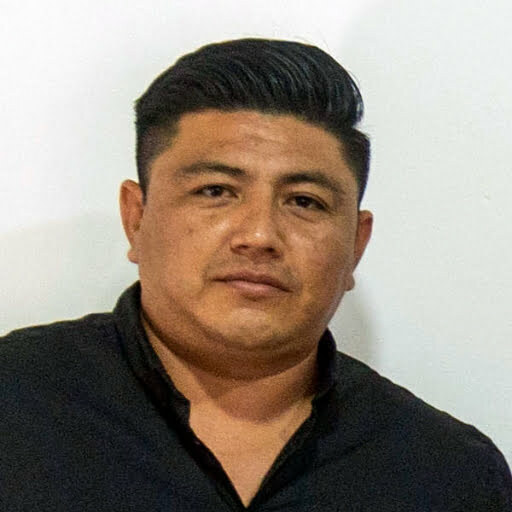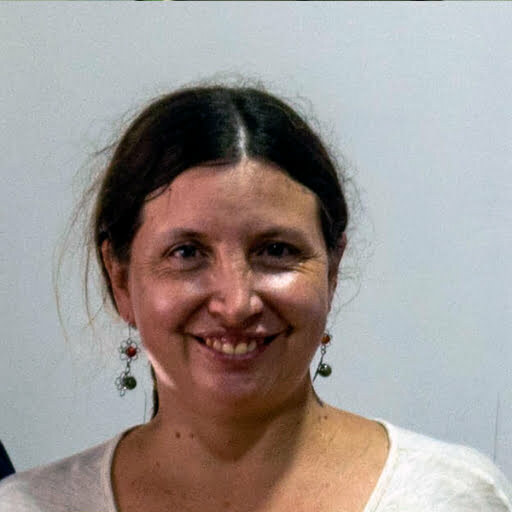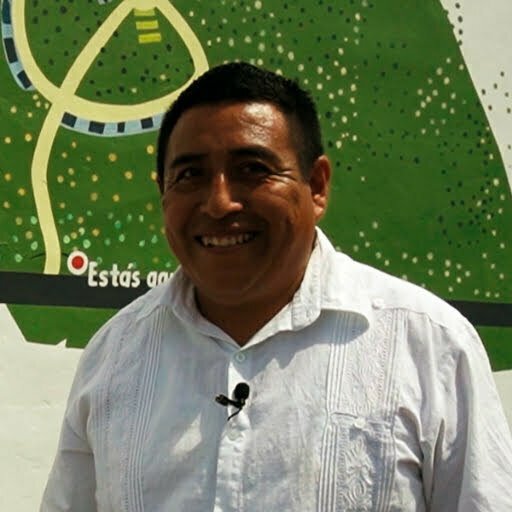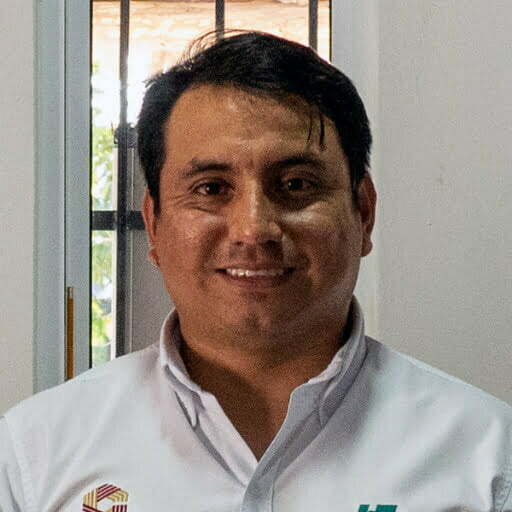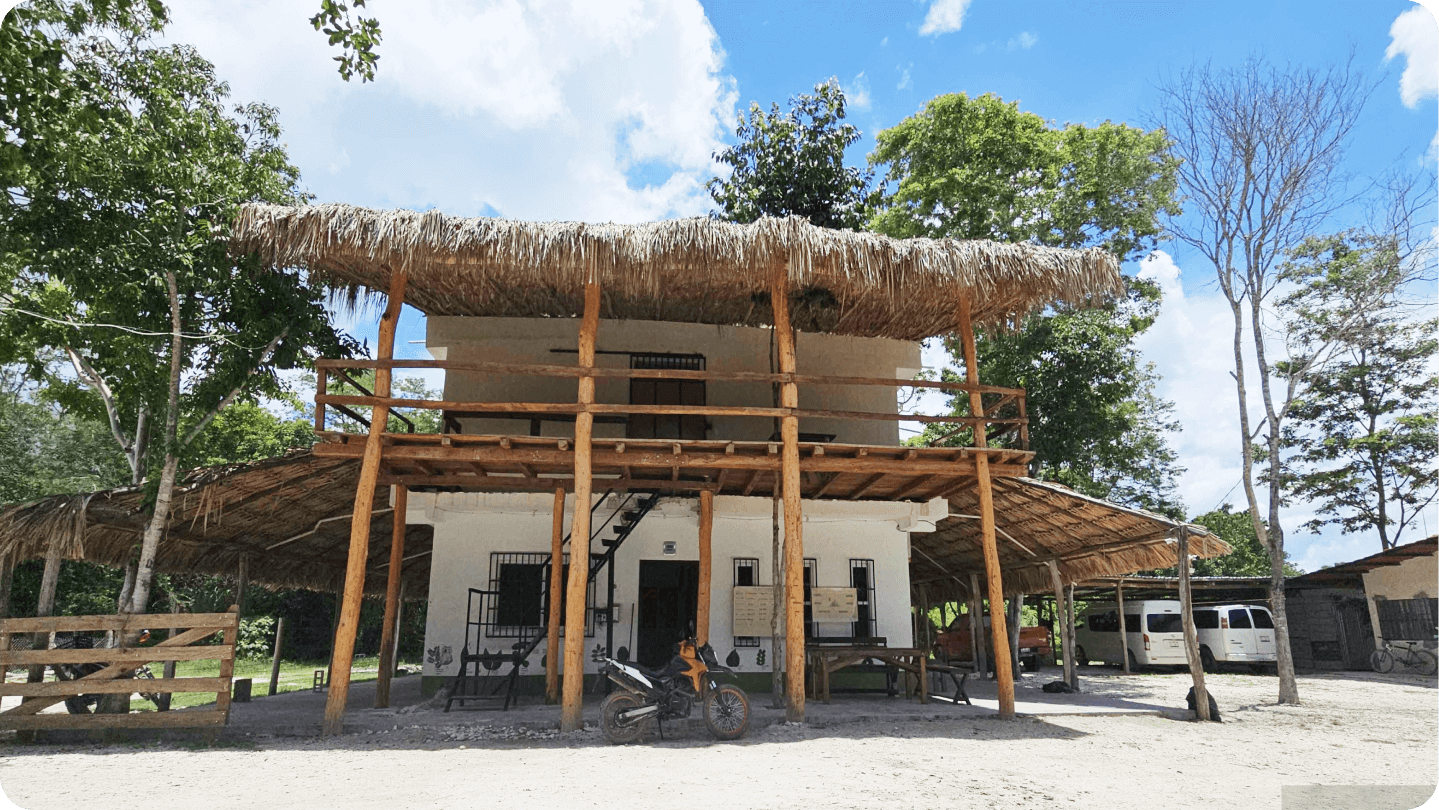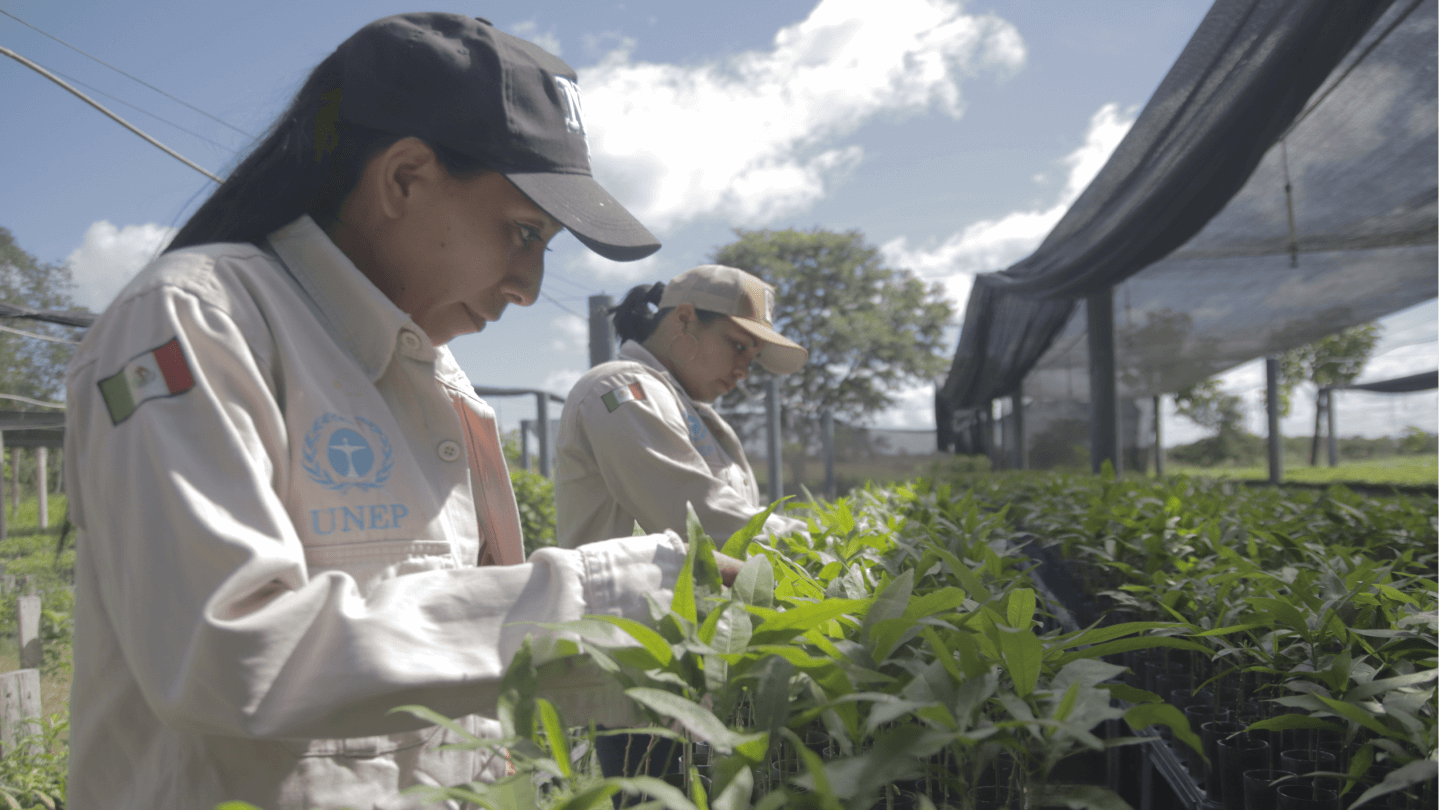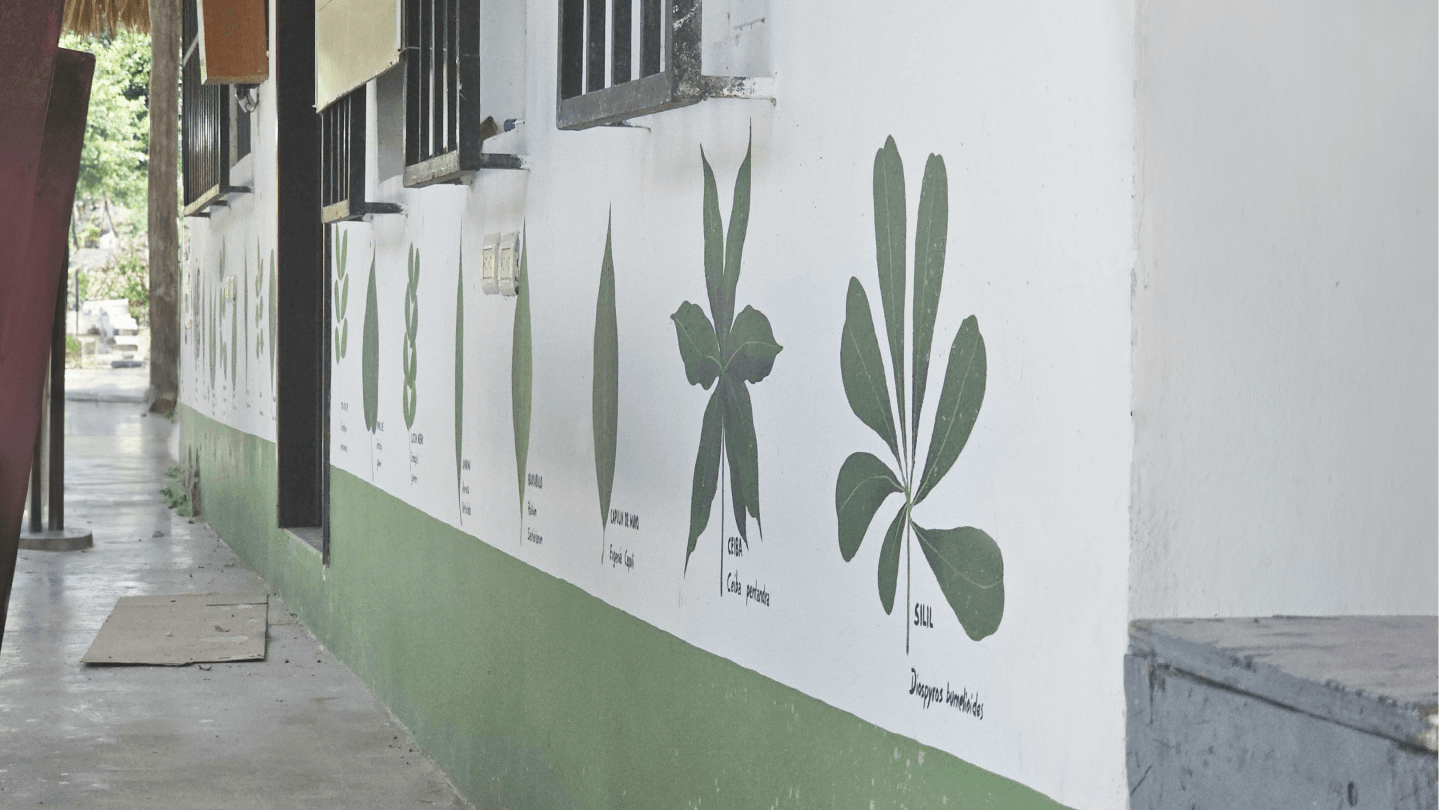17,899,148 stromů
50 druhů
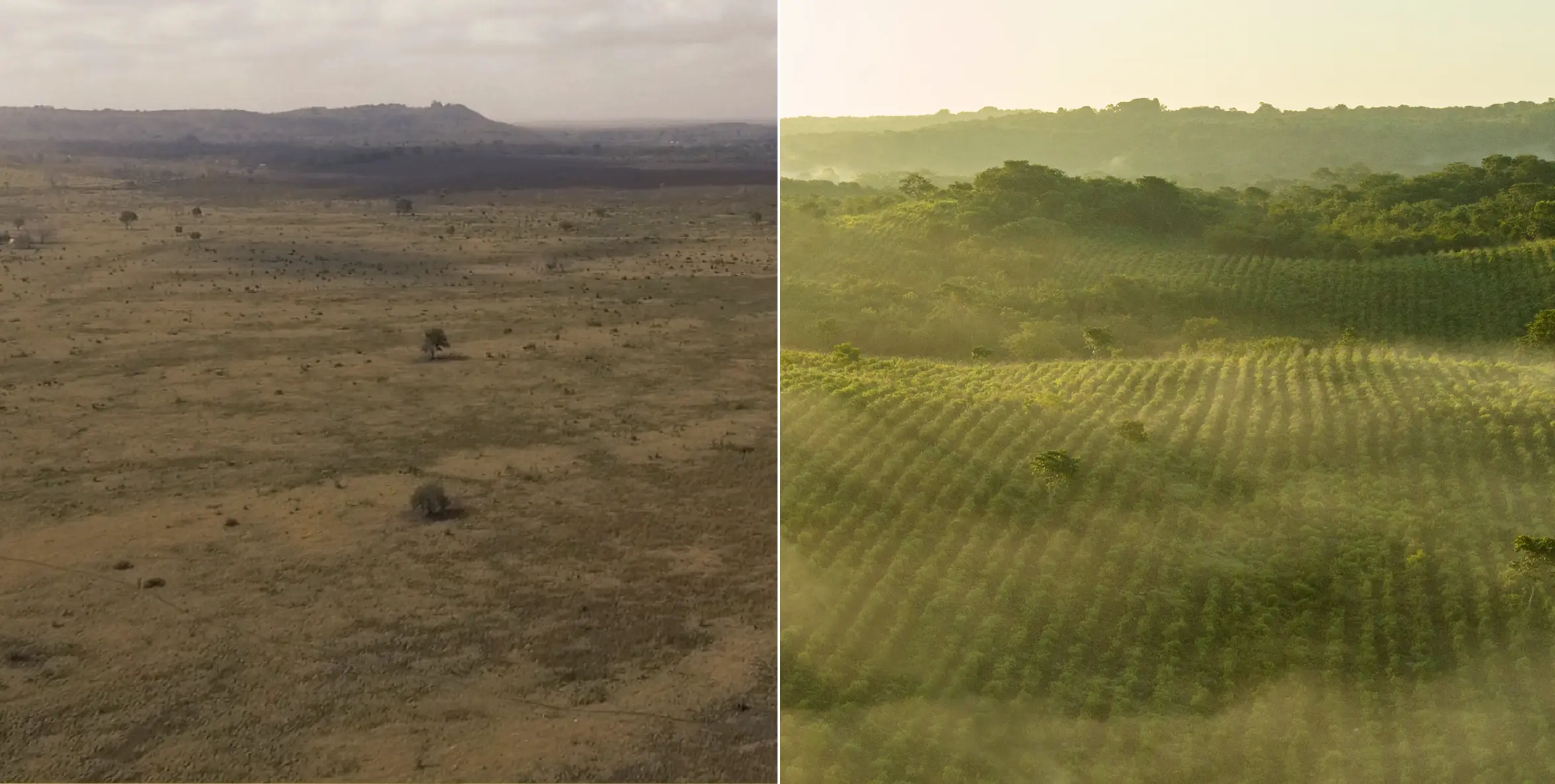
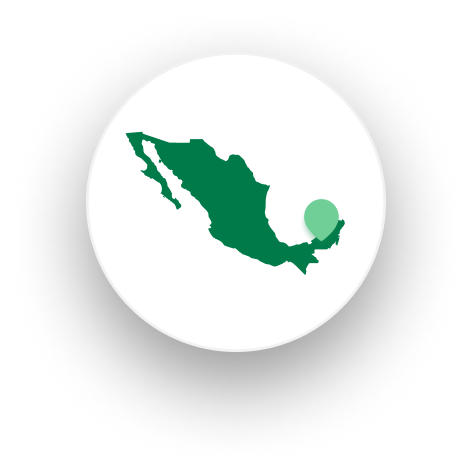
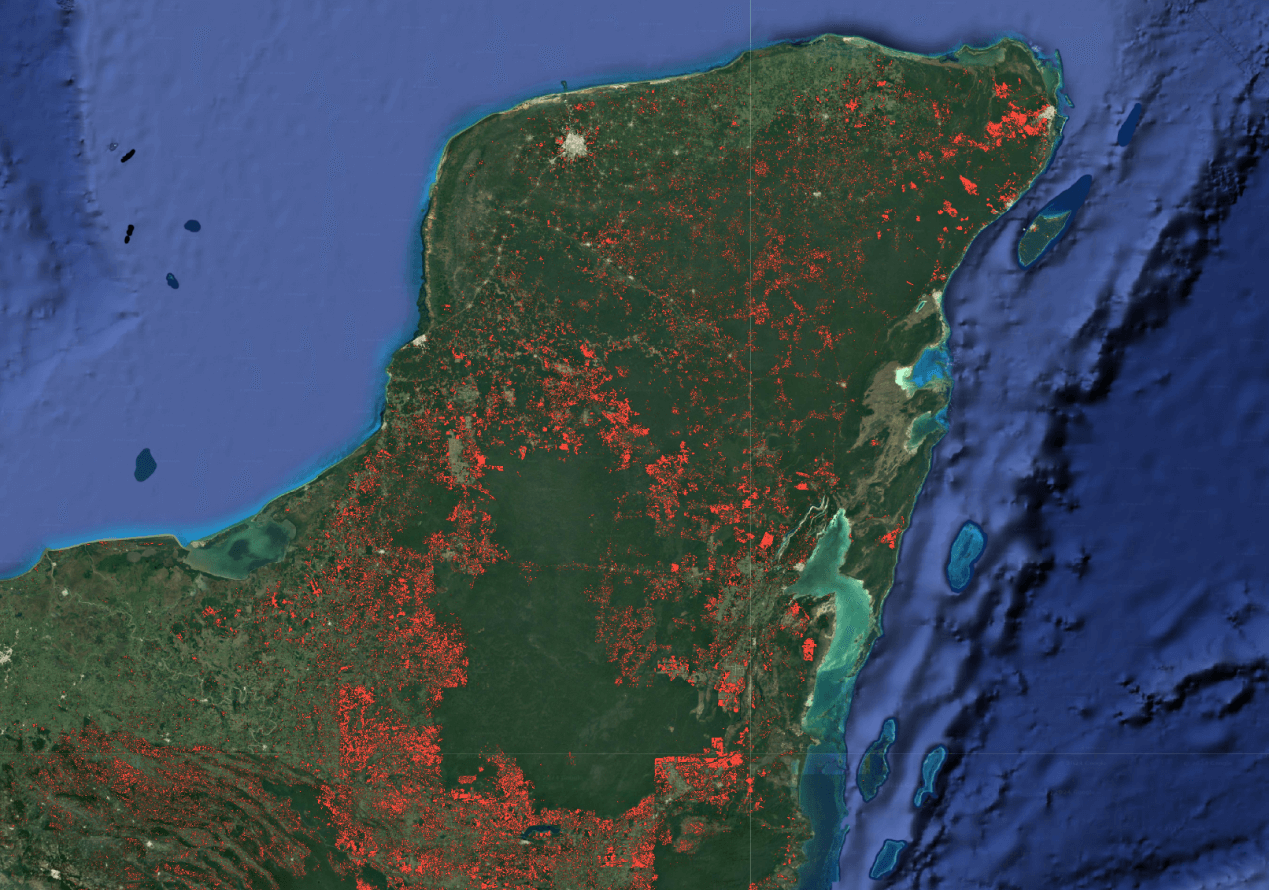
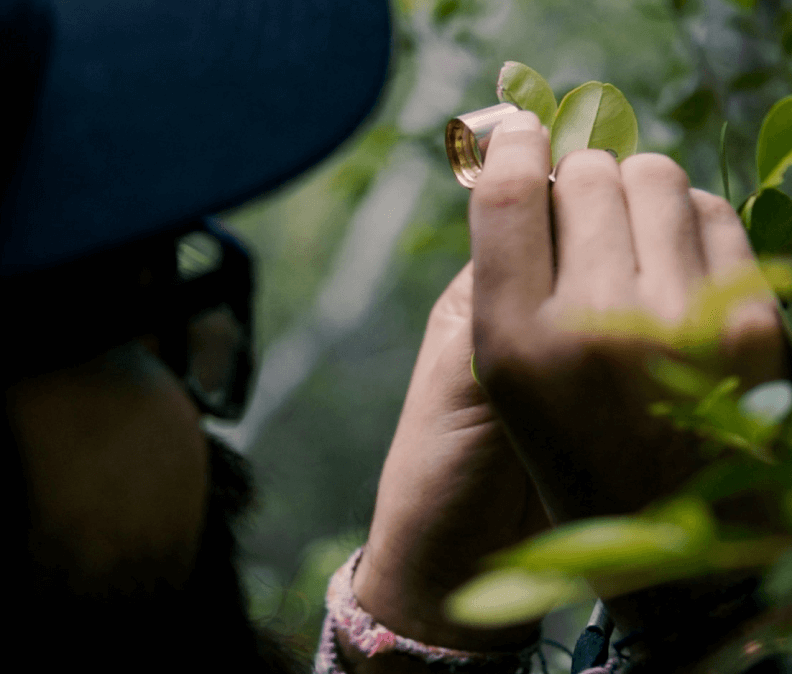
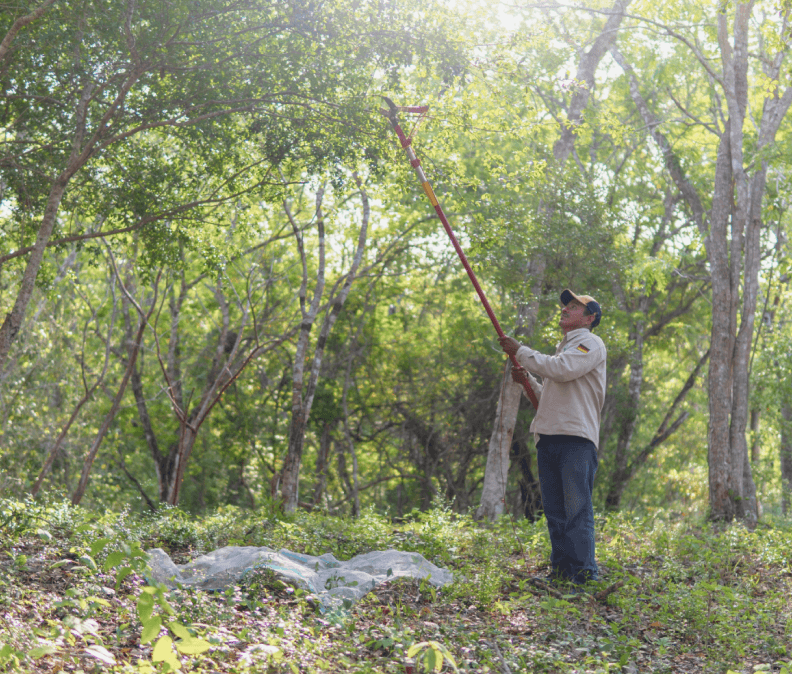
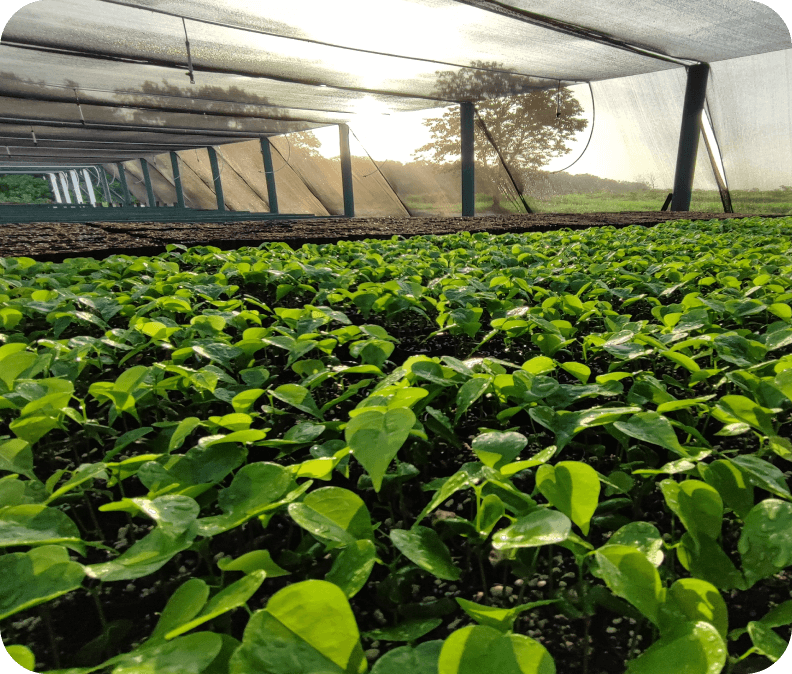
Naše výzkumná lesní školka ve městě Constitución v Campeche se zaměřuje na pěstování vzácných druhů, které jsou nezbytné pro obnovu ekosystému.
Kromě toho úzce spolupracujeme s partnerskou školkou v Chuině v Campeche, kde pěstujeme ostatní sazenice.
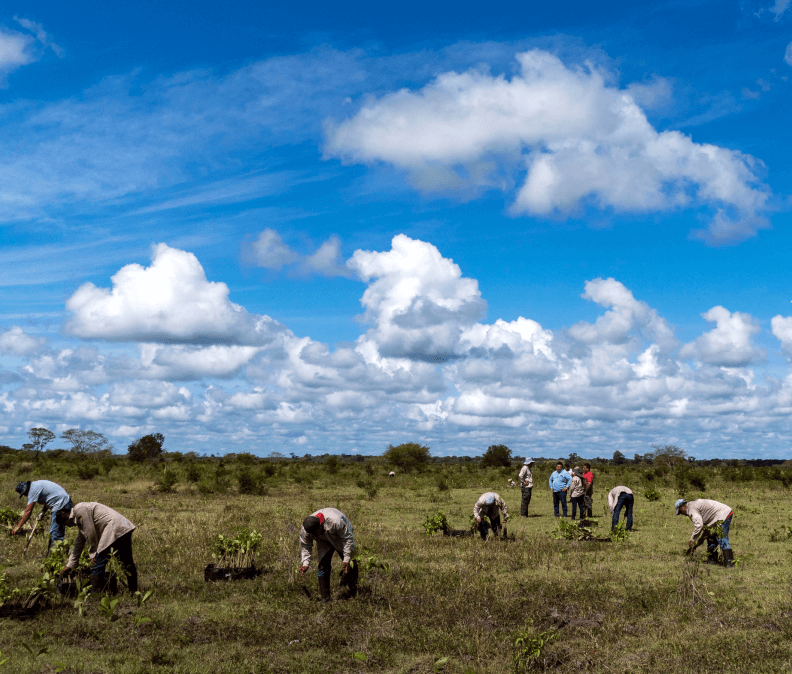
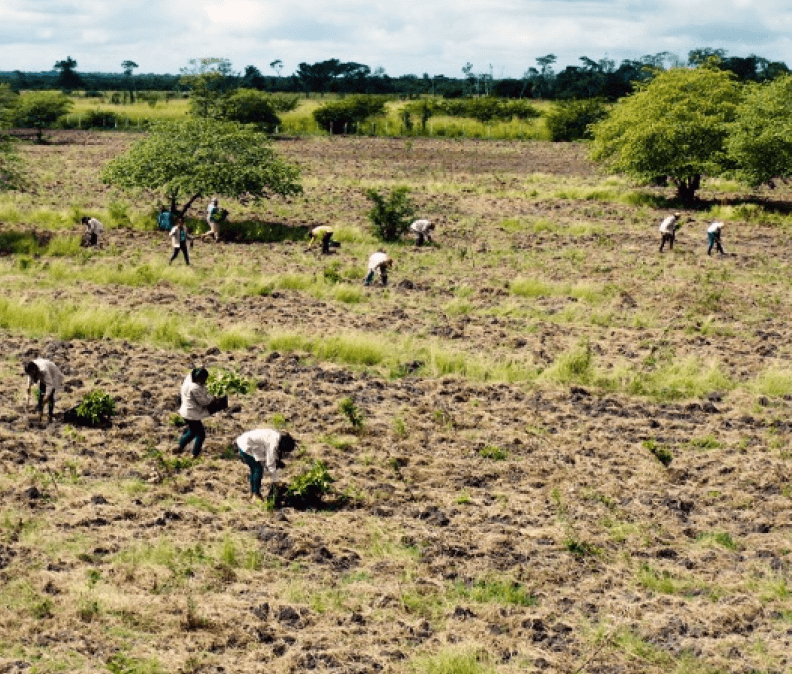
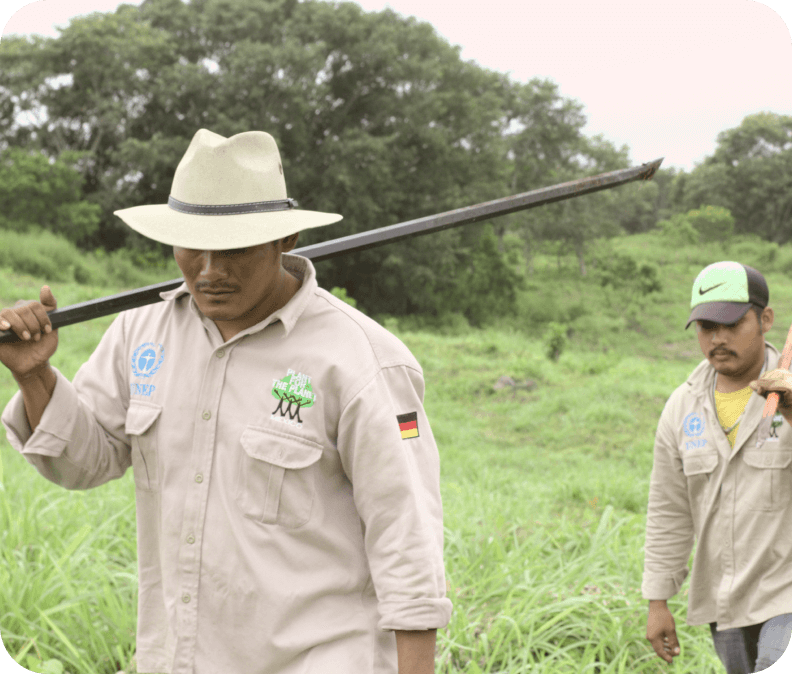
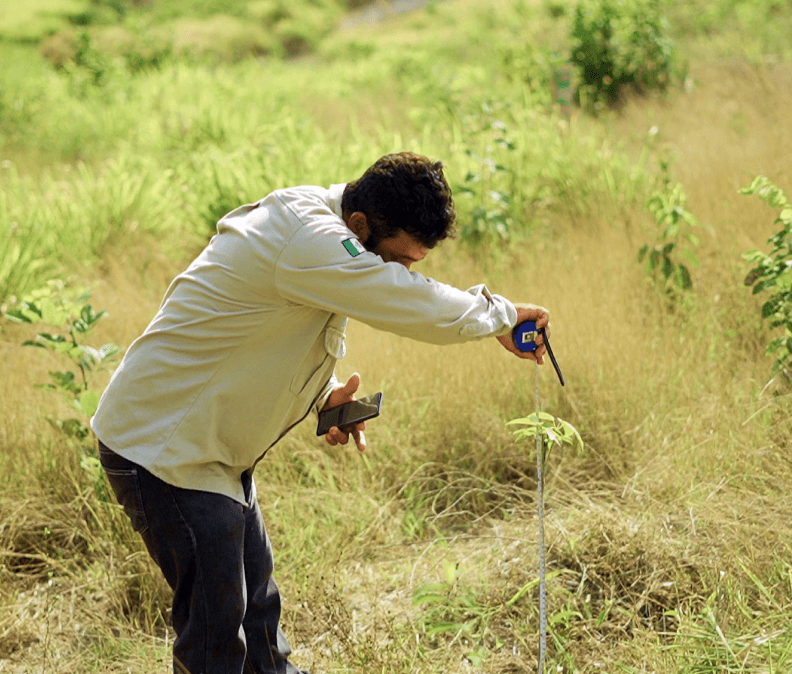



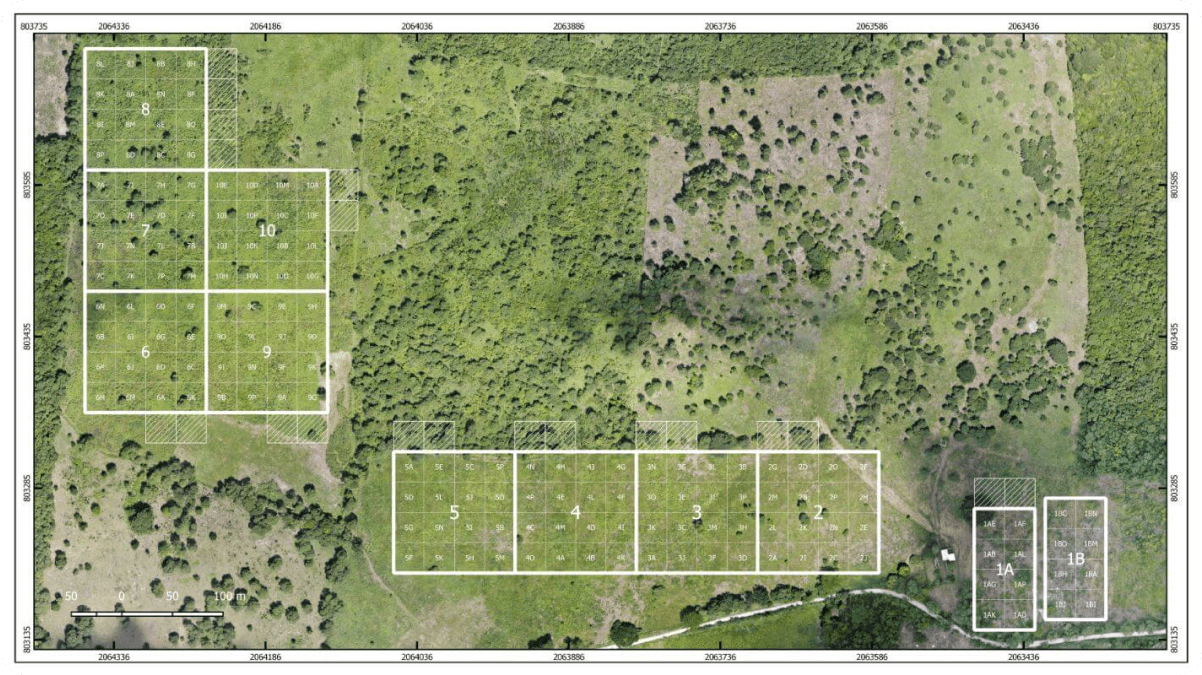
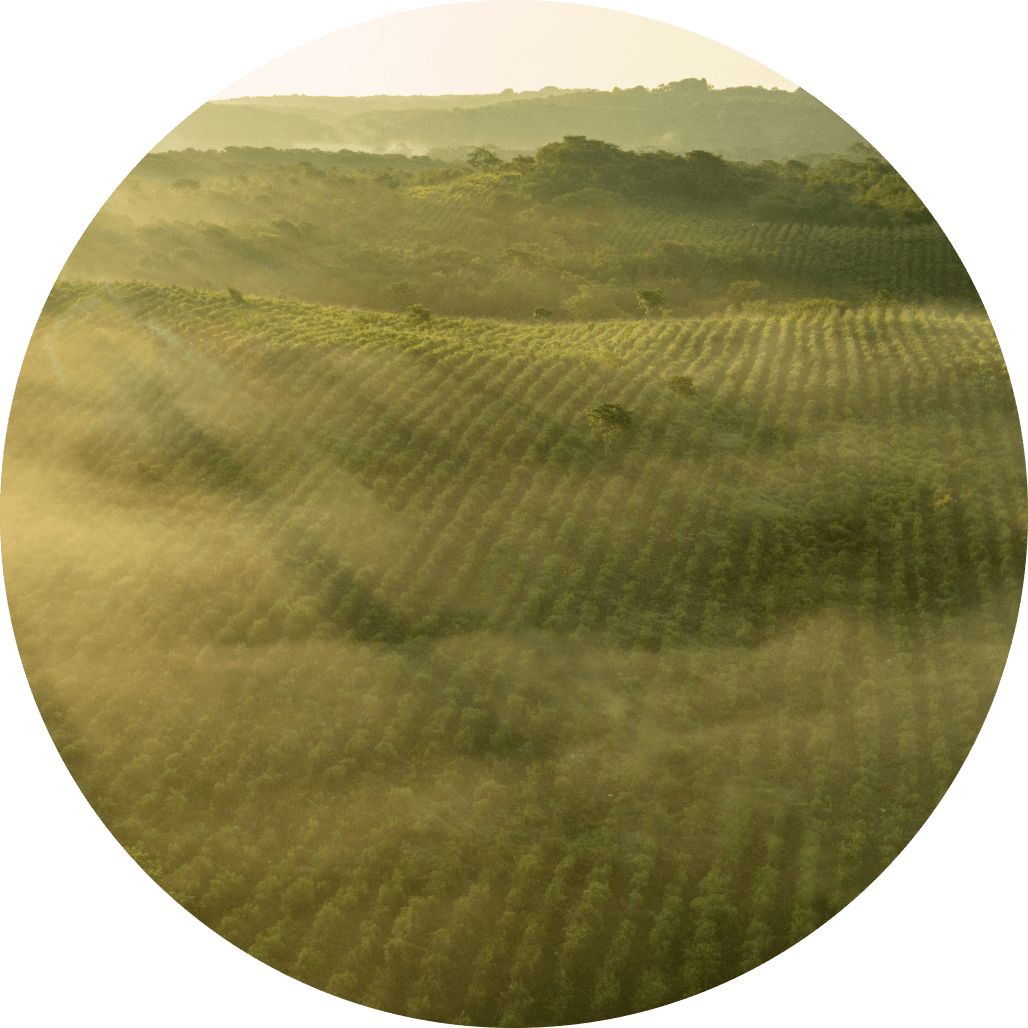
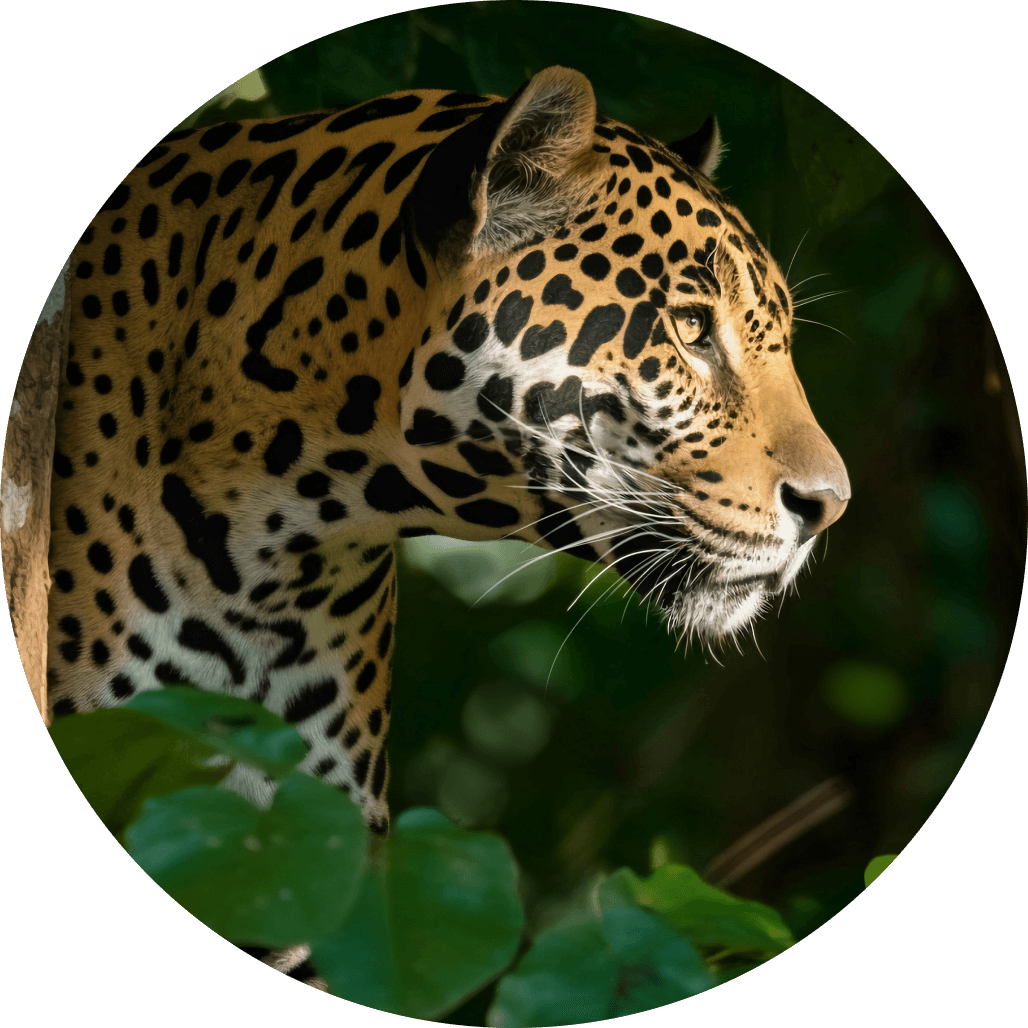
50 druhů stromů
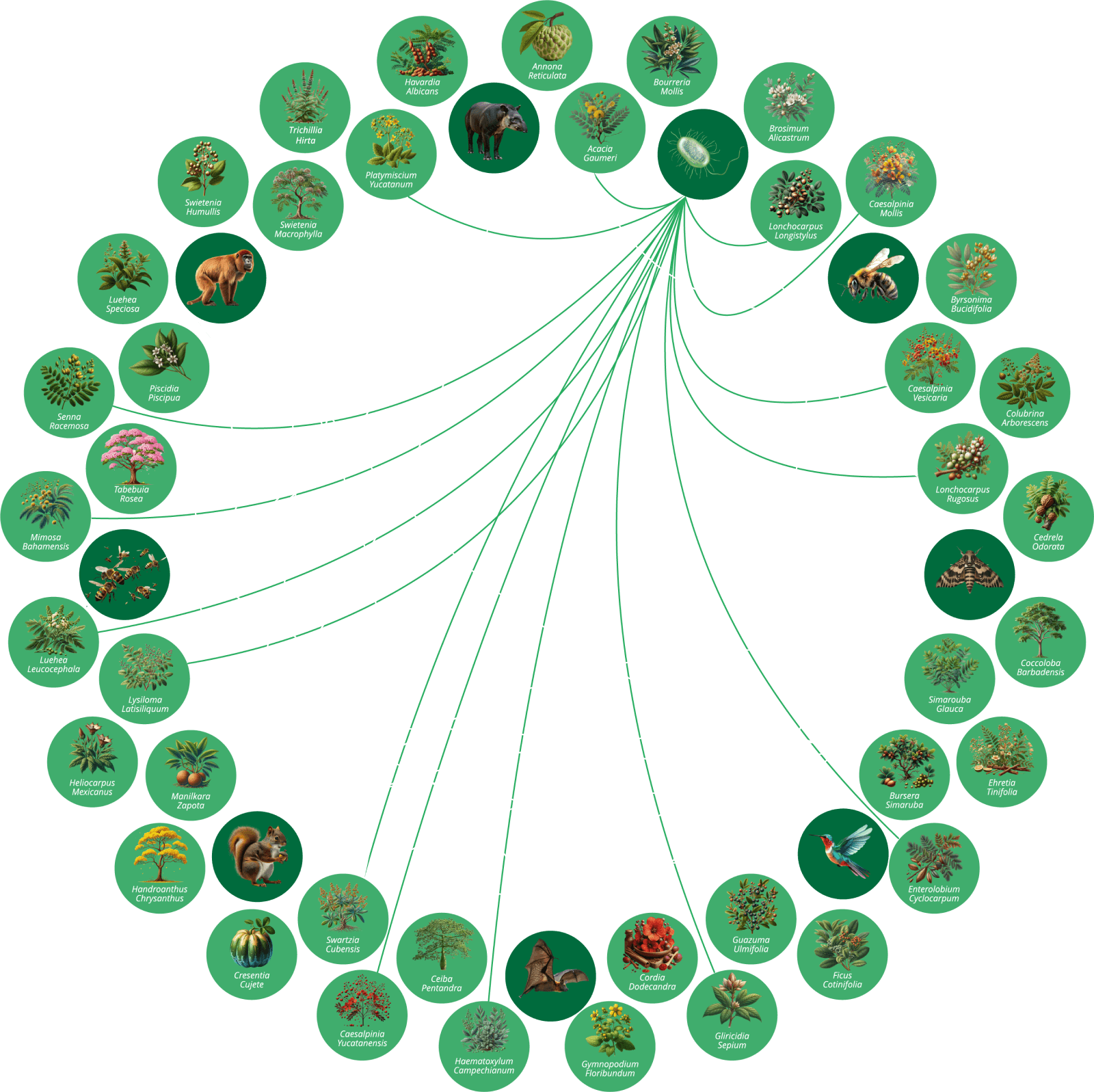
Tyto lesy obnovujeme, aby zachycovaly uhlík a chránily místní biodiverzitu rostlinných, živočišných druhů, hub a mnohem více. Neustále zvyšujeme počet druhů, které sázíme. Patří mezi ně mnoho raných sukcesních druhů pro místa, kde se dříve nacházely pastviny, a husté dřeviny.
Pro pěstování všech těchto druhů máme lesní školku v José María Morelos, spolupracujeme s blízkou místní partnerskou školkou v Chuině a vybudovali jsme výzkumnou školku v našem výzkumném parku pro obnovu lesů v Constitución v Campeche, kde testujeme různe protokoly klíčení a provádíme ekologické experimenty při obnově.
Místa výsadby jsou denně registrována v bezplatné aplikaci TreeMapper, kterou jsme vytvořili pro monitorování obnovy lesů.
Míry přežití
Míru přežití stromů sledujeme na řadě monitorovacích ploch od roku 2021. Naše výzkumy se zaměřují na to, jak mohou různé metody obnovy zvýšit míru přežití a míru růstu.
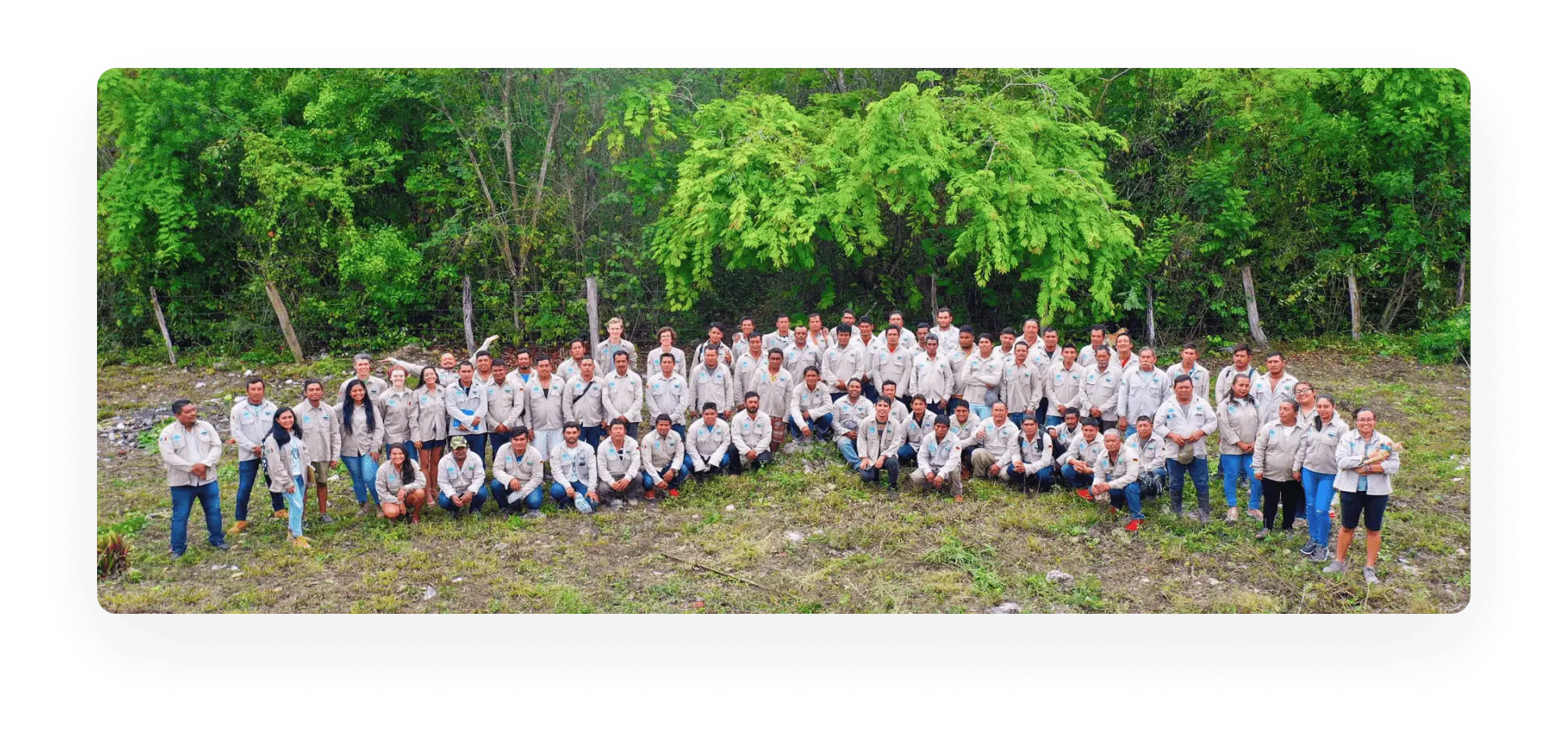
Jak to u nás vypadá?

